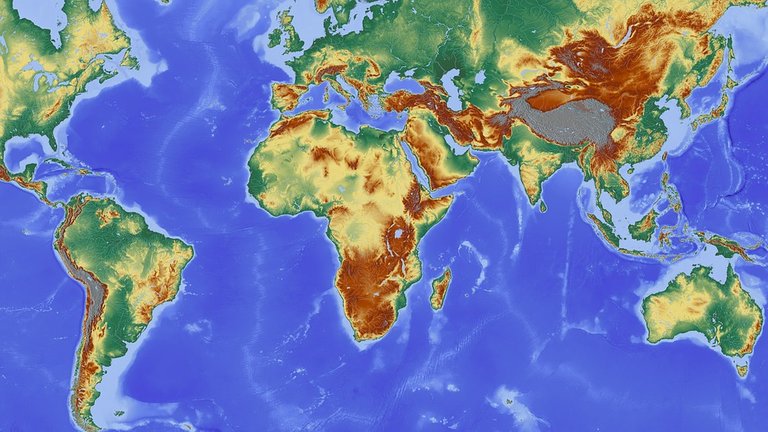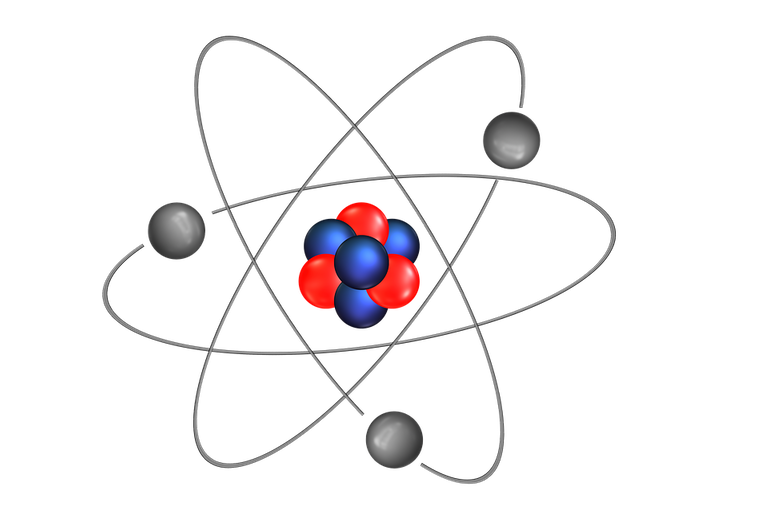Science teachers can add interest to their classes by giving students interesting examples of commonly misunderstood observations or events.

All areas and levels of science teaching have fascinating and useful bits of information. Events in the world are often not as they seem. Science teachers armed with facts that clarify and inform inspire learning by making science more relevant. The facts listed below can be used as needed depending on the topic and grade being taught. Teachers should encourage students to share high-interest facts with parents.
Weather Phenomena
- Clouds are white, not gray. The gray appearance is an illusion created by lighting and shadows. Parts of clouds in the shade appear gray. The same effect can be demonstrated by projecting light from an overhead projector on a white screen. Holding the hand in front of the screen produces a shadow and an apparent change to gray color, but people know the screen is white, no one "sees" it as gray.
- Snow is rare at the South Pole. About 1 inch of snow falls on the South Pole in a year — this is approximately equal to 0.1 inch of rain in water equivalent. The extreme cold prevents water vapor from entering the air in large amounts. When snow falls it stays, blows around and accumulates. Snow depth has reached nearly three miles over inland regions over millions of years.
- Don’t open windows to equalize pressure if a tornado is expected! Tornadoes do have low pressure, but it is the savage wind that causes the destruction. Winds in a tornado can reach 300 mph and commonly exceed 200 mph. Opening windows simply invites these winds into the house with less resistance.

Physics Foolery
- Tires do not have treads to increase friction. Treads provide channels that let rain flow from beneath the tires so that contact with the road is maintained and the car does not hydroplane. A slick or tread-less tire is used on racing cars to actually increase friction.
- Electric fans don’t cool the air; they cool people by speeding up evaporation of moisture from the skin. The fan motor actually adds a bit of heat to the room. No need to leave the fan running if no one is in the room.
- The sound of snapping fingers is made when the middle finger strikes the base of the thumb at a high speed. The sound does not come from an interaction between the thumb and finger. The thumb allows potential energy to be stored briefly by holding the finger. Place a piece on cotton at the base of the thumb and the impact will be softened preventing the "snap."

Earth and Space Science
- The total amount of gold ever mined from the Earth could fit into a cube about 60 feet on each side. That’s about equal to filling two Olympic swimming pools. Gold, by the way is very dense. A cube of gold 15 inches on each side weighs a ton — 2,000 pounds!
- Sunspots are not black. They only appear to be so because they are contrasted against the brilliance of the Sun’s photosphere. If it were possible to look directly at a sunspot away from the Sun, it would still be bright enough to harm the eyes.
- The Earth’s tectonic plates are still moving. The distance between South America and Africa is increasing about as fast as fingernails grow — two or three cm. a year.

Chemistry Clarifications
- Oxygen does not burn. It supports combustion. A spark in a pure oxygen environment will not result in an explosion. Objects burn better in the presence of oxygen as it combines chemically. More oxygen increases the intensity and heat of the fire, but the oxygen is not burning.
- The atoms of one object cannot touch the atoms of another. Pushing against a wall may bend the fingers, but that is due to the electromagnetic repulsion of the electrons. Atoms can get very close, but they do not touch.
- Atoms are mostly space. A scale model of a hydrogen atom is basic — one proton and one electron. Using a soccer ball as the proton in the nucleus, the single electron would be the period at the end of this sentence ten miles away.

Information like that above helps students understand the world as it truly is — often beyond our perception. The Internet is rich with similar facts. Teachers can offer questions based on the preceding facts as a topic for an information "scavenger hunt" in the school media center.
Teaching with facts only is not a suggested instructional approach, but there are topics in science where much confusion exists. Teachers who are armed with appropriate information can clarify and stimulate interest. Facts can be useful tools by providing surprises and offering interesting ways to introduce new topics.
Sources:
Images Pixabay.com
"Scale Model of a Hydrogen Atom" http://keithcom.com/atoms/scale.php
"Fun Science Facts for Kids " http://www.sciencekids.co.nz/sciencefacts.html
"Science News for Kids," https://www.sciencenewsforstudents.org/
"KidZone's Super Simple Science Section", http://kidzone.ws/